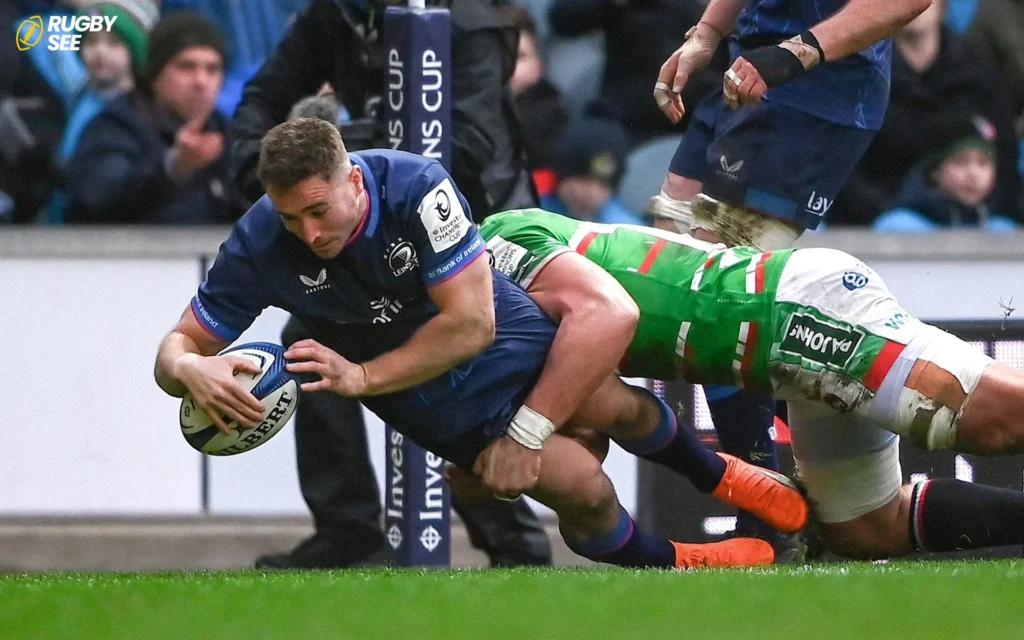Rugby league is a dynamic and popular sport enjoyed by millions of fans around the world. But who exactly invented rugby league and how did it come about? In this article from Rugbysee, we take a look at the fascinating history of rugby league, tracing its origins and examining the key figures involved in its invention.
The Birth of Rugby League
Split from Rugby Union
Rugby League emerged as a distinct sport in the late 19th century as a result of a split from Rugby Union, the original form of rugby. The split was driven by disagreements over player compensation and amateurism within the Rugby Union establishment, leading to the formation of a new code of rugby known as Rugby League.
Northern Rugby Football Union
In 1895, representatives from clubs in the North of England, primarily in Yorkshire and Lancashire, formed the Northern Rugby Football Union (NRFU) to break away from Rugby Union and establish their own governing body for the sport. This marked the official birth of Rugby League as a separate entity from Rugby Union.

Key Figures in the Invention of Rugby League
Albert Henry Baskerville
Albert Henry Baskerville, a New Zealand-born sports promoter and journalist, played a pivotal role in popularizing Rugby League and spreading the sport internationally. Baskerville organized the first Rugby League tour of Great Britain by a New Zealand representative team in 1907, helping to raise the profile of the sport on the global stage.
James J. Giltinan
James J. Giltinan, an Australian entrepreneur and sports administrator, is credited with founding the New South Wales Rugby League (NSWRL) in Australia in 1907. Giltinan’s vision and leadership were instrumental in establishing Rugby League as a major sport in Australia and laying the foundation for its growth and development in the years to come.
Leaders of Northern Clubs
Key figures from leading rugby clubs in the North of England, such as Huddersfield, Hull FC, Leeds, and Wigan, played significant roles in the formation and early governance of Rugby League. These club leaders were instrumental in shaping the rules, structure, and governance of the new code of rugby and promoting its growth and popularity in the region.
Evolution and Expansion of Rugby League
Growth in England and Australia
Rugby League experienced rapid growth and expansion in England and Australia in the early 20th century, with the establishment of professional leagues, competitive competitions, and international matches. The sport gained popularity among working-class communities in industrial cities and towns, attracting large crowds and loyal fan bases.

International Expansion
Rugby League’s popularity spread beyond England and Australia to other countries around the world, including New Zealand, France, Papua New Guinea, and the Pacific Islands. International competitions such as the Rugby League World Cup, first held in 1954, helped to promote the sport on a global scale and showcase the talents of players from diverse backgrounds and if you want to know about Rugby Players Height read are rugby players short.
The Influence of Working-Class Communities
Social and Cultural Impact
Rugby League’s roots are deeply intertwined with working-class communities in industrial regions, where the sport became a focal point for social gatherings, community pride, and identity. The values of camaraderie, resilience, and teamwork embodied in Rugby League resonated strongly with working-class audiences, fostering a sense of belonging and solidarity.
Community Engagement
Rugby League clubs actively engaged with their local communities through outreach programs, youth development initiatives, and charitable efforts. These grassroots initiatives helped to strengthen ties between clubs and their supporters, fostering a sense of loyalty and commitment that endures to this day.
Professionalism and Commercialization
Transition to Professionalism
The breakaway from Rugby Union and the establishment of Rugby League allowed players to be compensated for their time and efforts, marking a significant shift towards professionalism in the sport. This enabled Rugby League to attract talented athletes and elevate the level of competition, contributing to its growth and popularity.
Commercial Opportunities
The commercialization of Rugby League opened up new revenue streams for clubs, leagues, and governing bodies through sponsorships, broadcasting rights, and merchandise sales. This influx of investment helped to professionalize the sport further and support its expansion into new markets and demographics.

Global Reach and Recognition
International Competitions
Rugby League’s international appeal grew with the establishment of prestigious competitions such as the Rugby League World Cup and the Four Nations Tournament. These events provided opportunities for teams from different countries to showcase their skills on the world stage and fostered greater collaboration and camaraderie among nations.
Cultural Exchange
Rugby League’s global reach facilitated cultural exchange and mutual understanding between diverse communities and nations. Players, coaches, and fans from different backgrounds came together to celebrate their shared love of the sport, transcending cultural and geographical boundaries in the spirit of sportsmanship and camaraderie.
Looking Ahead: Continued Innovation and Growth
Embracing Innovation
As Rugby League evolves in the 21st century, it continues to embrace innovation and adapt to changing societal trends and technological advancements. Initiatives such as digital media platforms, fan engagement apps, and player welfare programs are driving the sport forward and enhancing the fan experience and if you want to know about getting CTE in Rugby read do rugby players get cte.
Sustainable Growth
Sustainability and inclusivity are key priorities for Rugby League as it seeks to expand its reach and appeal to new audiences while preserving its core values and traditions. Initiatives aimed at grassroots development, gender equality, and social inclusion are helping to build a more diverse and sustainable future for the sport.
In conclusion, the invention of Rugby League was a transformative moment in the history of rugby, leading to the creation of a new code of the sport and the establishment of a vibrant and competitive league structure. Key figures such as Albert Henry Baskerville, James J. Giltinan, and leaders of Northern clubs played integral roles in shaping the development and expansion of Rugby League into the popular and globally recognized sport it is today.
As Rugby League continues to evolve and thrive, its rich history of innovation, competition, and community remains a testament to the enduring legacy of its inventors and pioneers.










